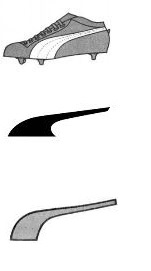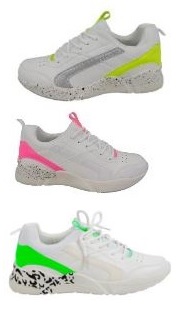Trademark agency Abcor - protect your trademark
Contact
If you have questions or want to know more about our services?Please mail: info@abcor-ip.com
Please call: 31 (0)71 576 3116
Henkes believed that this house was an infringement of her rights. Hajo claims that it was not. The houses were sufficiently different, but more importantly, the whole model of Henkes is not valid because it is not new. In 2004, a similar house was already registered, the Langley house.
The judge does not agree. The DAAAK-house is clearly new. This is evident from the fronts and the overflow of the roof in the walls. The house therefore has a different overall impression. This is not the case with Hajo’s house. This house has the same general impression as the DAAAK. The distance that keeps the house Hajo DAAAK house, is much smaller than DAAAK vs. Langley. Result: violation and a prohibition.

